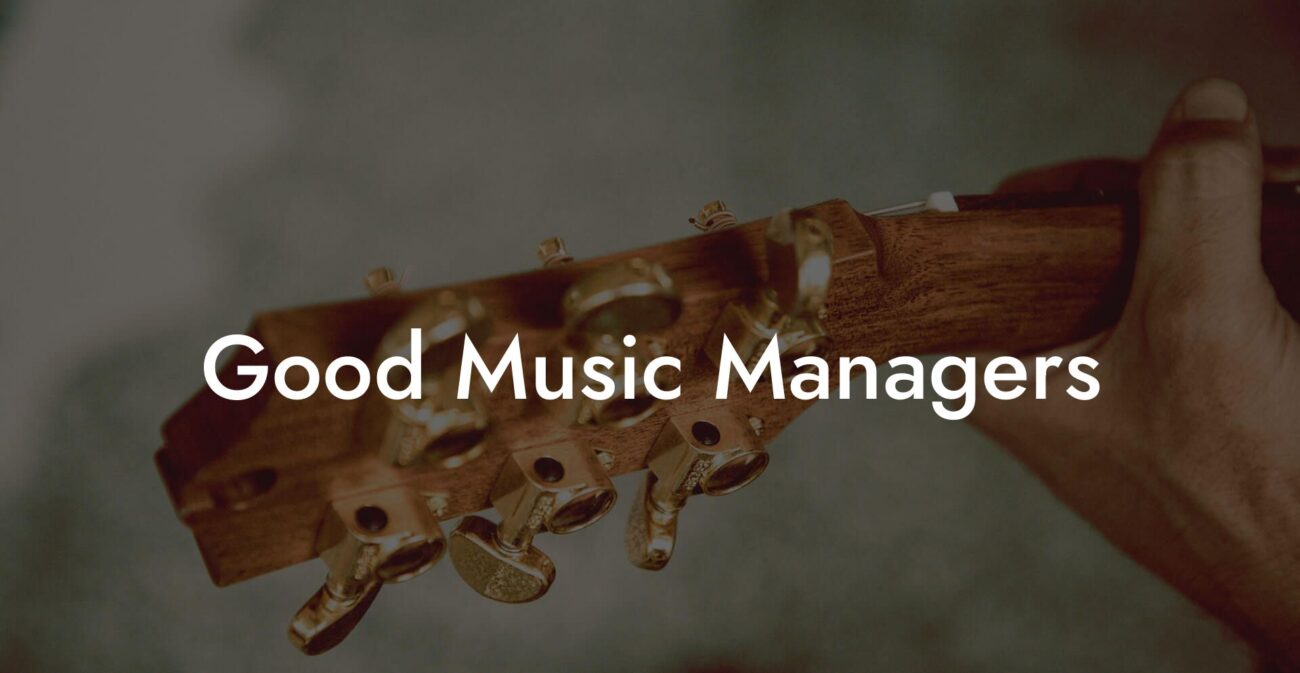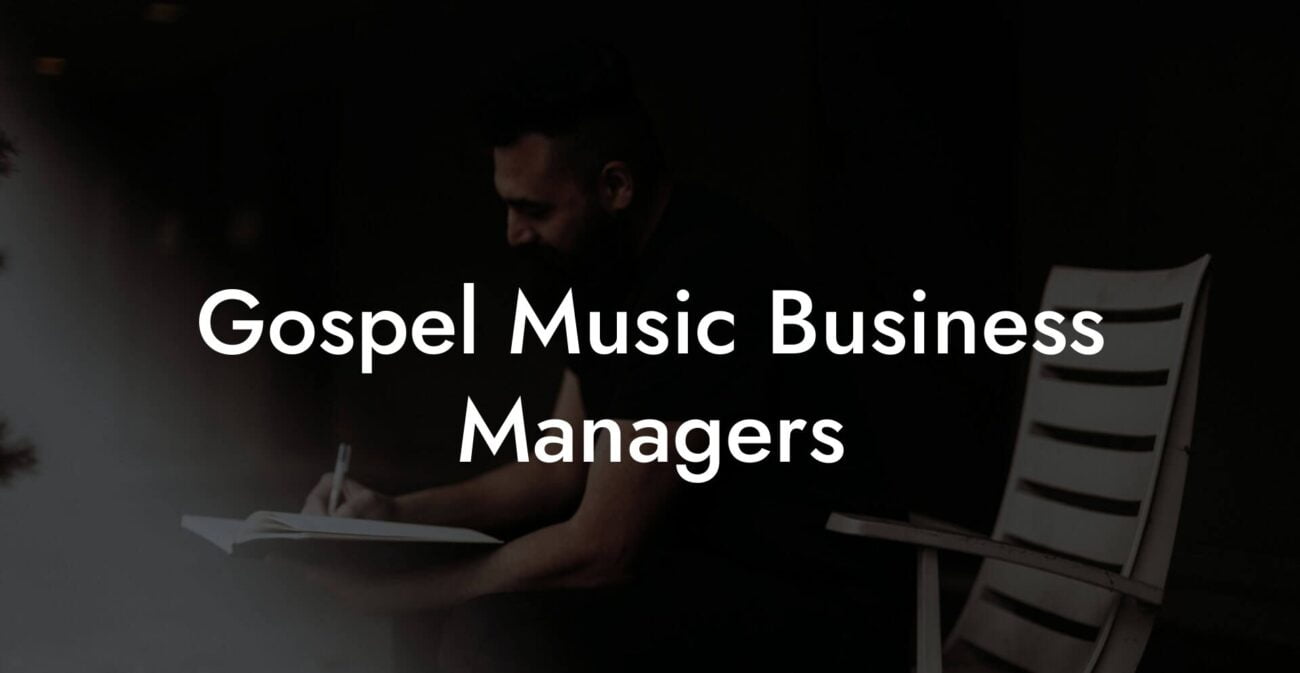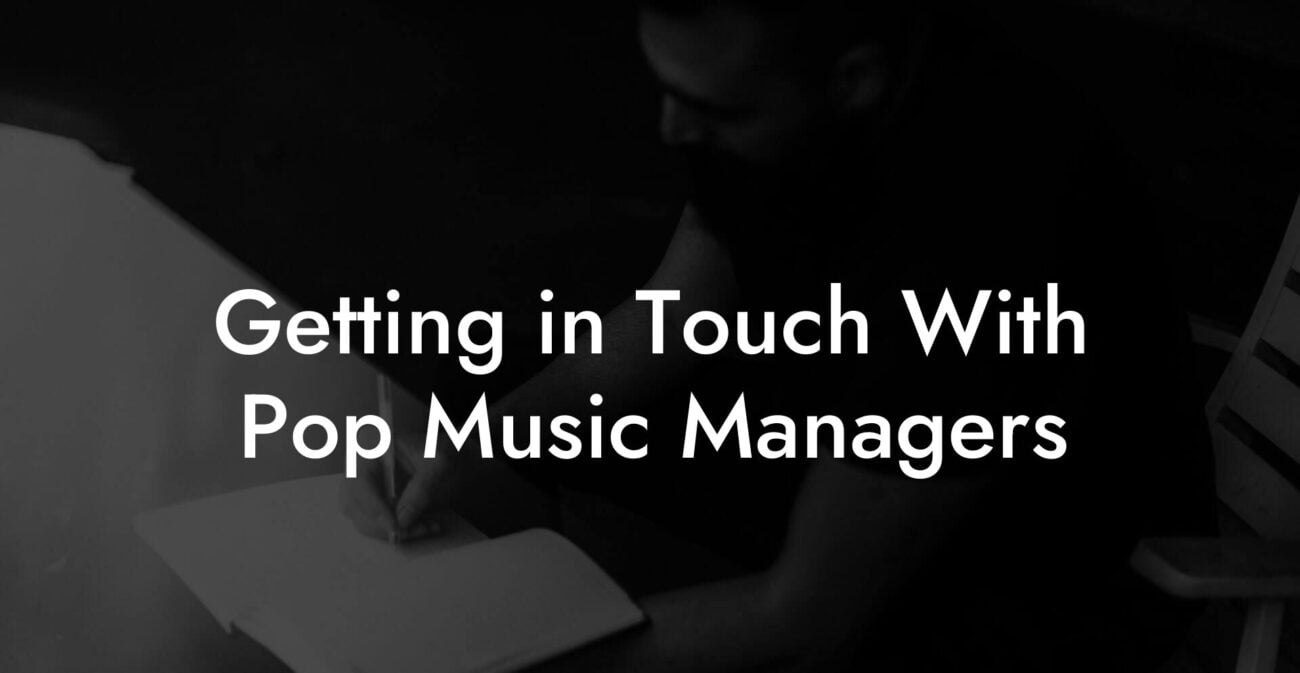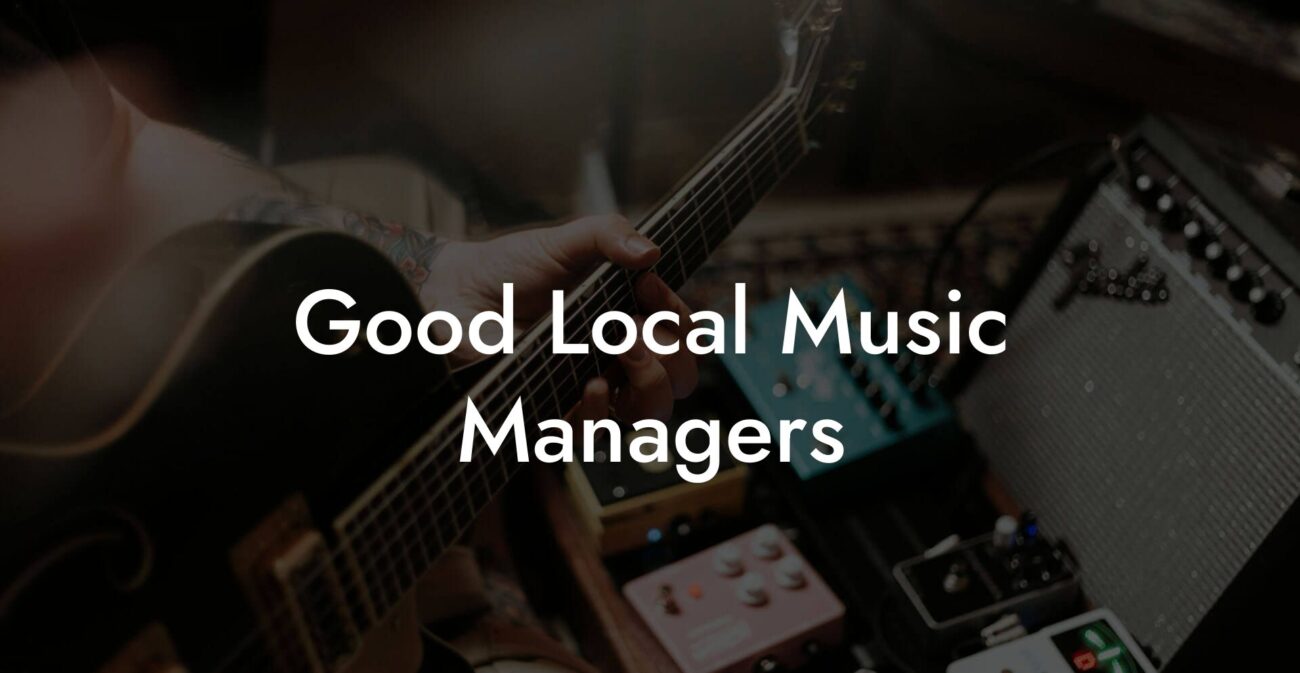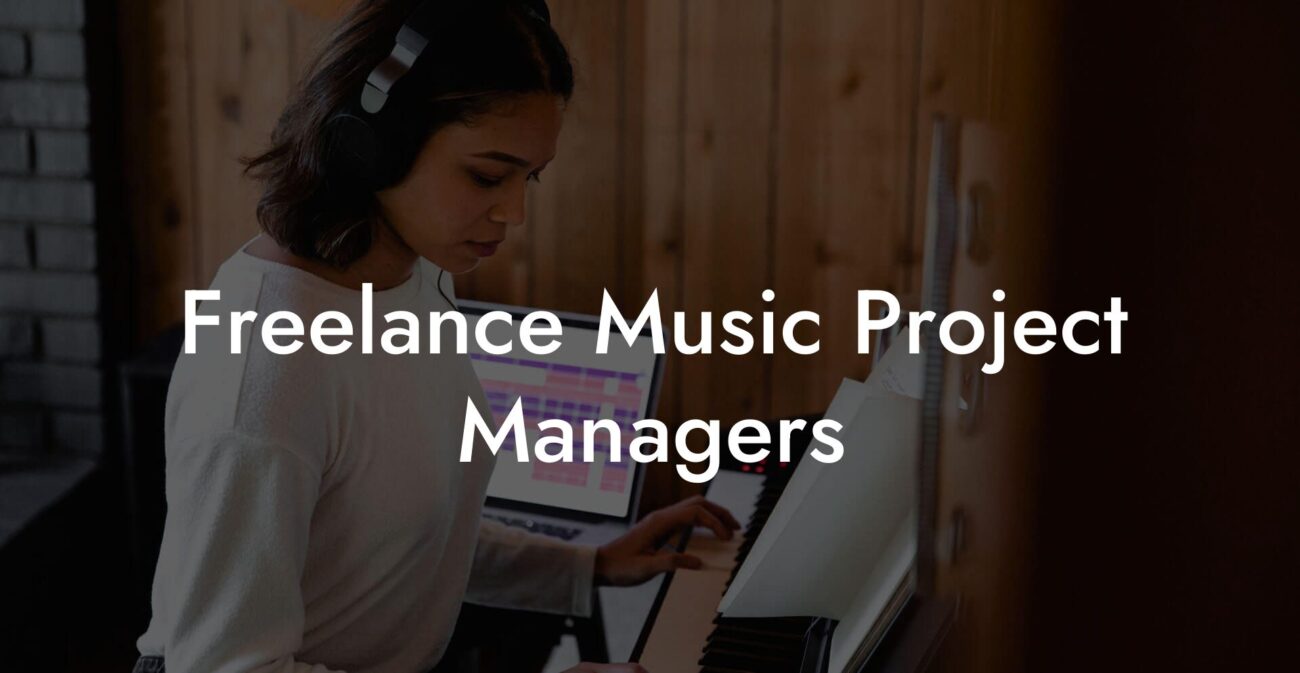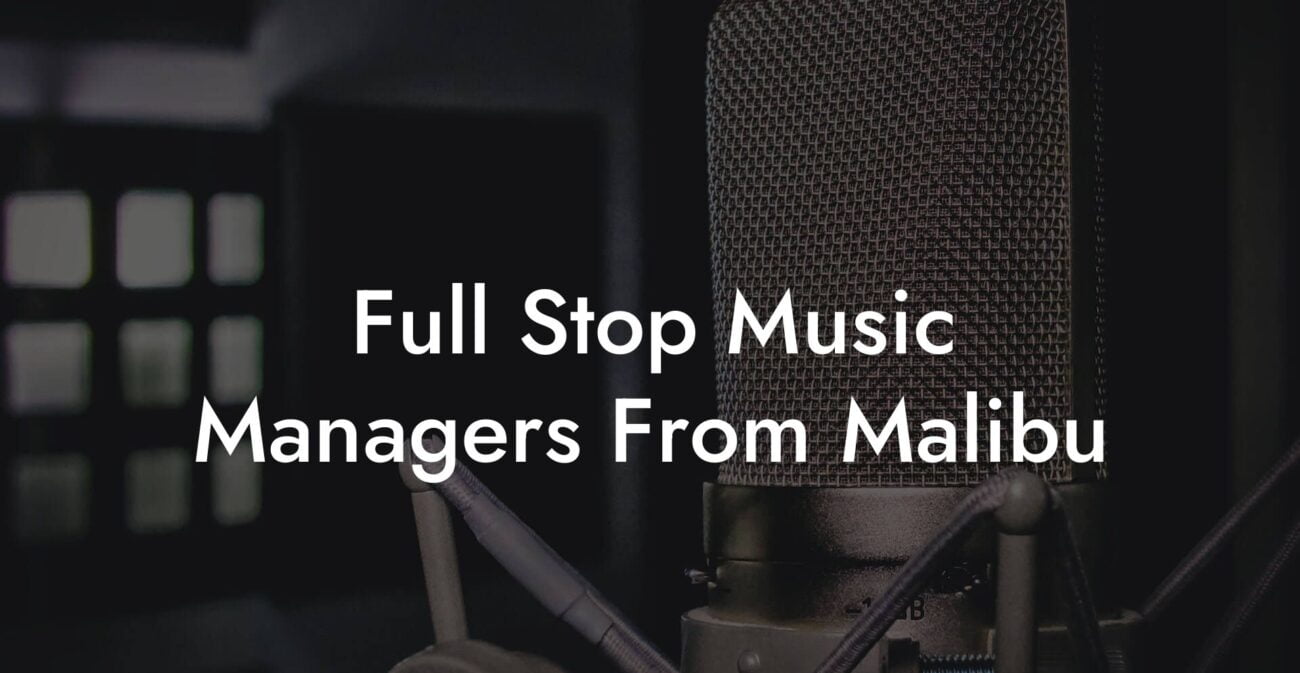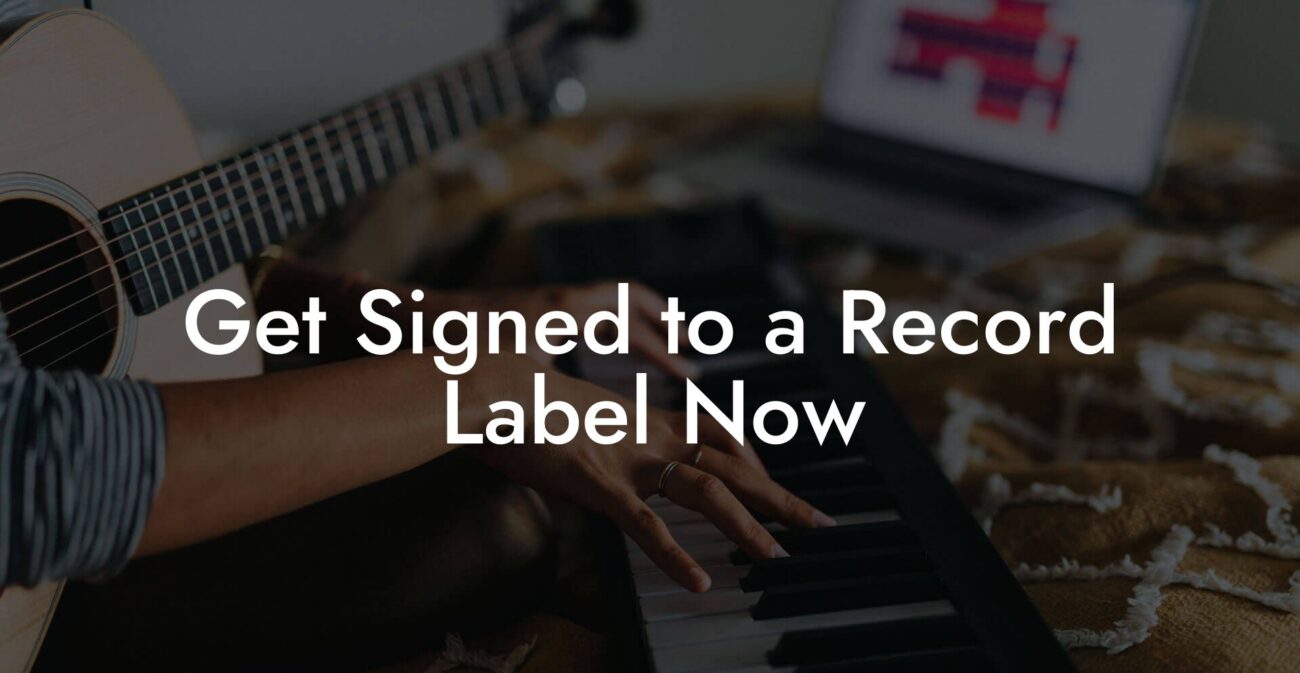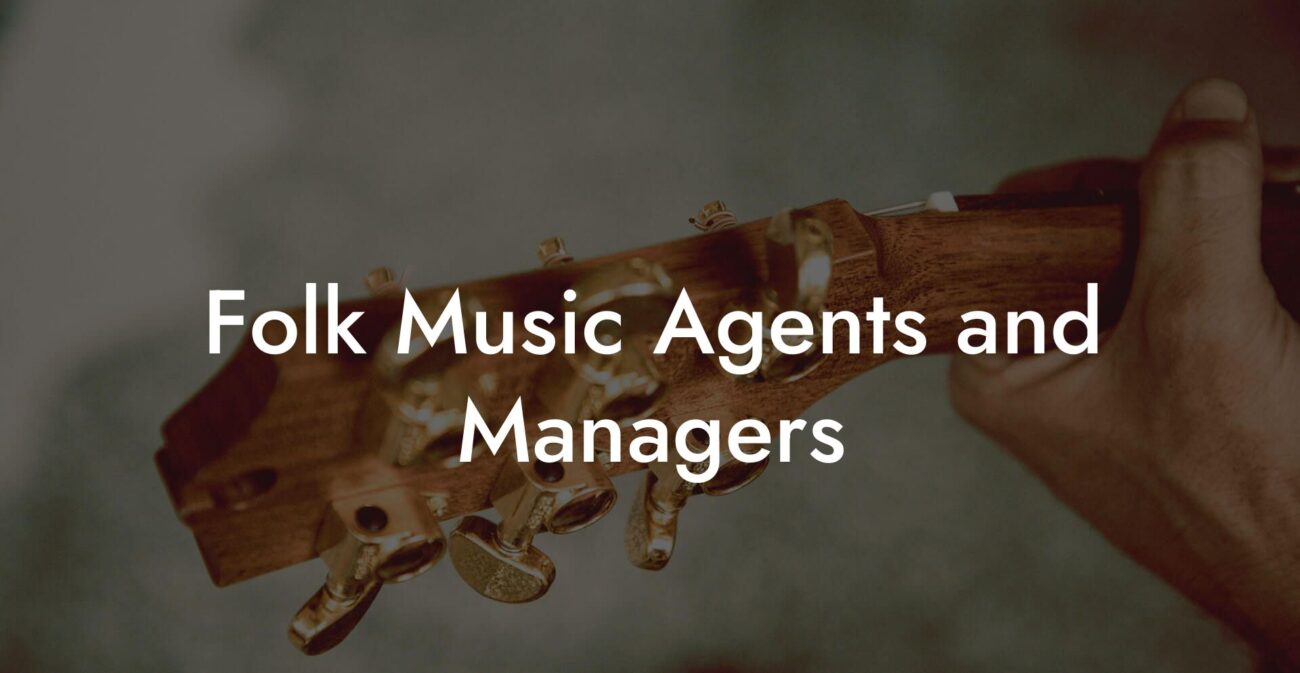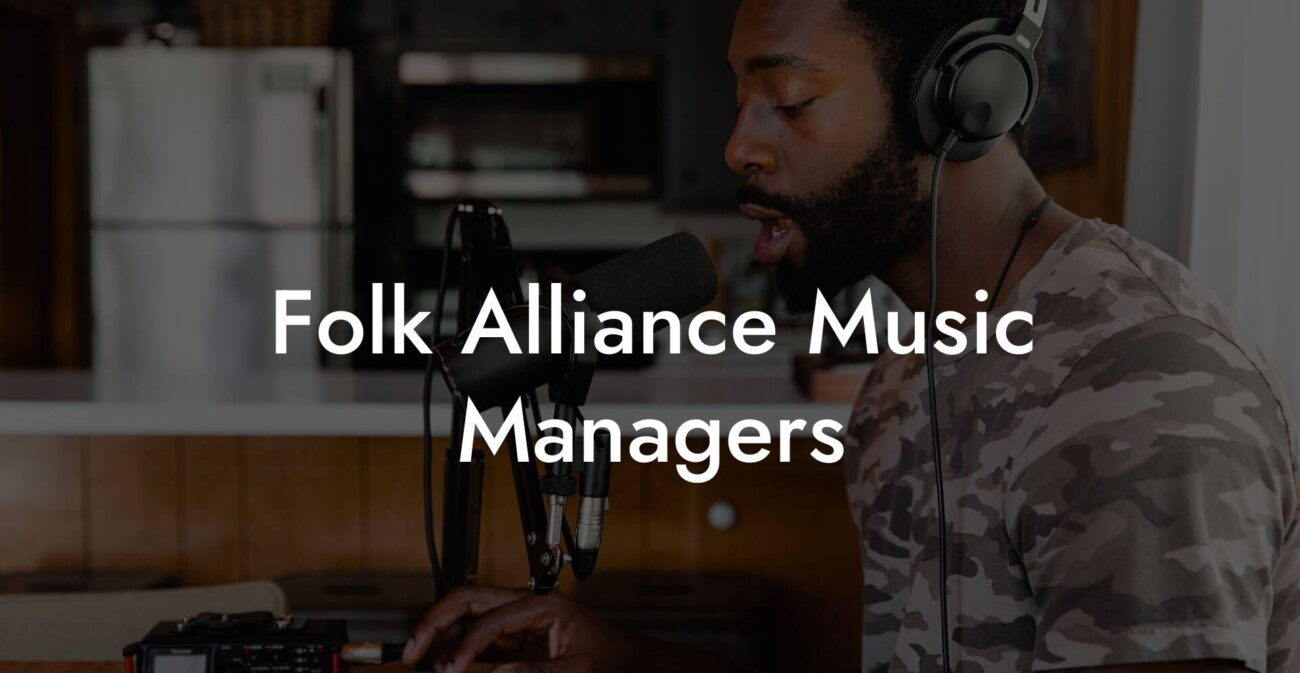Songwriting Advice
Music Make Your Own Beat
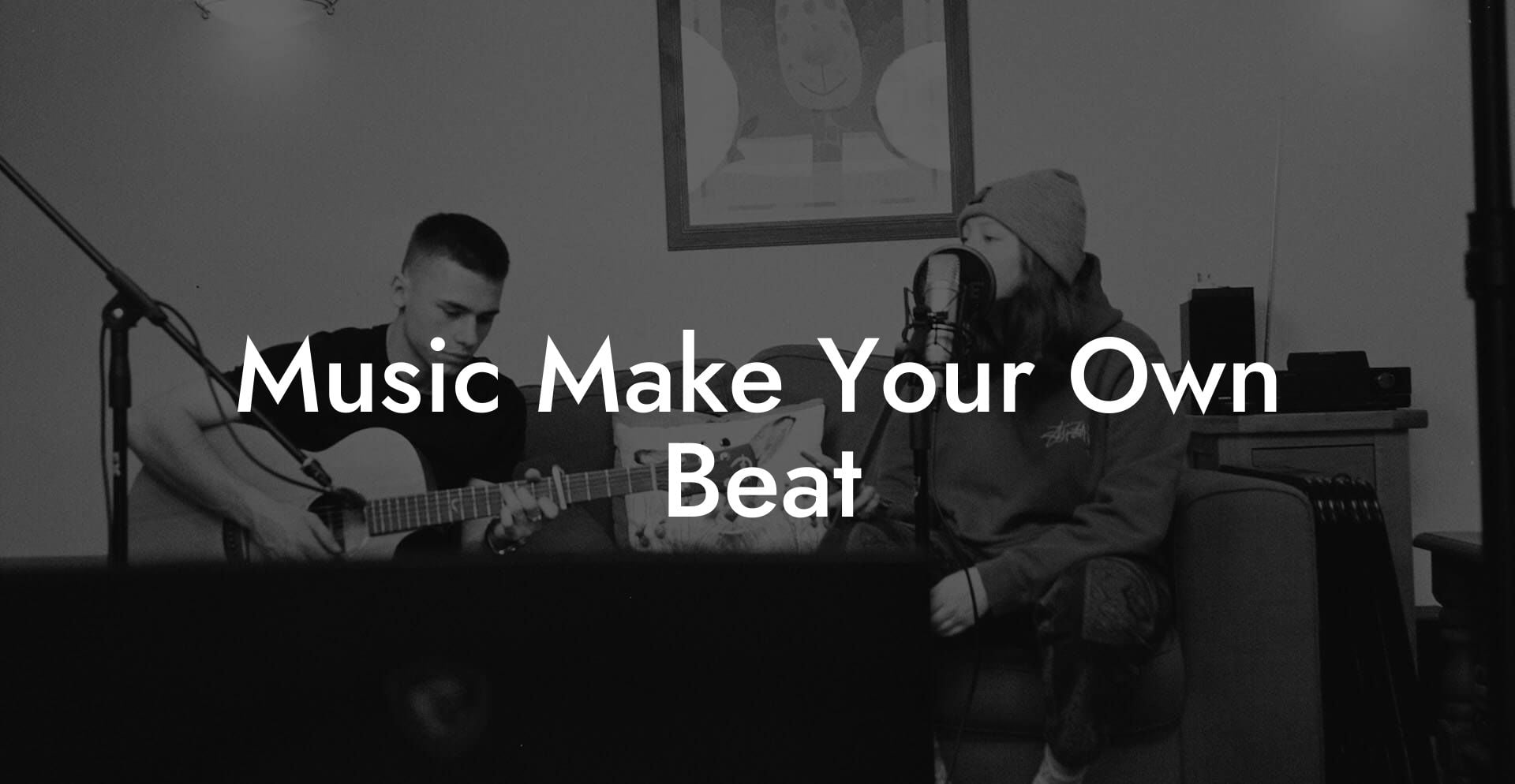
Ever look at your favorite tracks and wonder, “How on earth did they make THAT beat?” Well, welcome to the wild, wonderful world of DIY beat making—a space where creativity meets technology, and you’re the DJ, producer, and lyricist all rolled into one. Whether you’re sitting in your cramped bedroom studio or jamming out in your favorite coffee shop, making your own beat is about harnessing your unique sound and infusing it with a vibe that screams “you.” Ready to drop the bass on self-doubt and crank up the volume on creativity? Let’s dive into the ultimate guide for music lovers, songwriters, and aspiring musicians who want to Master the Art of Making Their Own Beat.
Looking to write your next song? Transform your creative ideas into songs that people will love, and skyrocket your music career with Lyric Assistant. The perfect songwriting assistant. Find out more →
Quick Links to Useful Sections
- What Does "Music Make Your Own Beat" Really Mean?
- The Evolution of Beat Making: A Brief History
- Essential Tools and Gear for DIY Beat Making
- Digital Audio Workstations (DAWs)
- Audio Interfaces and MIDI Controllers
- Quality Headphones and Monitors
- Sample Libraries and Virtual Instruments
- Software Plugins and Effects
- Beat Making 101: Crafting the Perfect Track
- Step 1: Finding Your Groove
- Step 2: Layering Your Sounds
- Step 3: Experiment with Samples and Loops
- Step 4: The Art of Arrangement
- Adding Lyrics: Marrying Beat with Words
- Finding Your Voice
- Rhythmic Rhyme and Flow
- Collaboration and Refinement
- Creative Techniques to Elevate Your Beat Making
- Experiment with Genre Fusion
- Live Looping and Improvisation
- Sound Manipulation and Effects
- Field Recordings and Found Sounds
- Embrace the Imperfections
- Mastering Your Mix: The Final Touches
- Equalization (EQ) and Compression
- Reverb, Delay, and Spatial Effects
- Final Arrangement and Mastering
- Digital Communities and Collaborative Platforms
- Join Online Forums and Social Media Groups
- Collaborate with Other Musicians
- Live Streaming and Virtual Jam Sessions
- Integrating Music Production with Modern Technology
- Mobile Apps for Music Production
- Cloud Collaboration and Storage
- Virtual Reality and Immersive Experiences
- Getting Inspired: From Everyday Life to Musical Masterpieces
- Mindset and Creativity
- Daily Creative Rituals
- Documenting Your Journey
- Real-Life Success Stories: Crafting Beats that Changed Lives
- Story 1: From Bedroom Producer to Viral Sensation
- Story 2: Reinventing a Genre with a Personal Twist
- Story 3: Overcoming Creative Block Through Community
- Resources and Community Support: Your Next Steps
- Online Tutorials and Courses
- Producer Communities and Forums
- Software Discounts and Trials
- Music Production Blogs and Podcasts
- Lyric Assistant and Creative Tools
- Innovative Trends in Music Production
- Artificial Intelligence in Music
- Virtual and Augmented Reality Studios
- Blockchain and the Future of Music Distribution
- Building a Personal Brand Through Your Music
- Consistent Visuals and Themes
- Engaging Your Audience
- Monetizing Your Beats
- FAQ: Everything You Need to Know About Making Your Own Beat
- Your Beat, Your Voice: Keep the Music Alive
What Does “Music Make Your Own Beat” Really Mean?
At its core, “make your own beat” is all about taking control of your musical destiny. Instead of waiting for the perfect hook to drop in someone else’s track, you’re well-equipped to craft a beat that reflects your personality, style, and musical vision. This isn’t just about slapping together sounds—it’s a creative process that involves exploring various genres, experimenting with digital audio workstations (DAWs), and blending unique samples to produce original music.
In a world where countless streaming platforms are bursting with hits, standing out means creating something that resonates with not just the ears, but with the soul. If you’re eager to carve out your niche in music production, this journey isn’t just a hobby—it’s a revolution. And hey, once your beat drops, don’t forget to let the world know who the mastermind behind those killer rhythms is!
The Evolution of Beat Making: A Brief History
Beat making hasn’t always been about laptops and drag-and-drop interfaces. In fact, the art form has undergone a radical evolution over the decades. From the early days of analog drum machines and vinyl sampling to the cutting-edge, plug-and-play digital instruments of today, making a beat has transformed into an accessible, high-tech playground for creators.
Roll back the clock to the ’80s, and you’ll find classic devices like the Roland TR-808 and TR-909 drum machines laying down the foundation for what would become hip hop, electronic, and pop music. Fast forward to the present, and you have an arsenal of software synths, virtual instruments, and sample libraries at your fingertips. This technological leap means that whether you’re dropping a smooth lofi track or an energetic EDM banger, the power to shape your sound is literally in your hands.
Write Lyrics Like a Professional Songwriter
The ultimate songwriting tool that takes your creative vision to the next level! With just a few clicks, you can unleash your inner songwriter and craft a hit that's uniquely yours. Your song. You own it.
Essential Tools and Gear for DIY Beat Making
Before we get into the nitty-gritty of arranging killer rhythms and infectious melodies, let’s talk about the must-have tools that every aspiring beat maker should consider. Think of these not as expensive toys but as the essentials that will allow you to translate your artistic ideas into sound.
Digital Audio Workstations (DAWs)
A DAW is your creative playground—where your sounds come alive. Popular options include Ableton Live, FL Studio, Logic Pro, and Pro Tools. These programs offer everything from recording and mixing to mastering your tracks. Each DAW has its own quirks and strengths, so try a few to see which one feels most intuitive and fun for your creative process.
Audio Interfaces and MIDI Controllers
An audio interface is like the middleman between your instruments and your computer. It helps capture the crisp, clear sound of your instruments or vocals, while a MIDI controller gives you the tactile control over virtual instruments. Even if you’re just pixel-pushing on your keyboard, having a solid MIDI controller can drastically improve your rhythmic flow.
Quality Headphones and Monitors
Critically listening to your beat is key. Invest in a pair of studio-quality headphones or monitors that provide an accurate sound representation. After all, if your headphones are turning every bass drop into a boomy mess, how are you supposed to nail that crisp snare hit?
Sample Libraries and Virtual Instruments
From vintage analog synths to futuristic digital sounds, sample libraries are where inspiration meets innovation. Online platforms offer thousands of royalty-free samples, loops, and effects that you can mix and match to create that signature sound. Experimenting with these can help you develop a unique sonic palette.
Software Plugins and Effects
Don’t underestimate the power of effects. EQs, compressors, reverbs, and delays are the spices that can transform your beat from bland to epic. Play around with these plugins to see how each tweak adds character, depth, or punch to your sound.
Whether you’re a seasoned pro or a curious newbie, the right gear can make your creative process smoother, faster, and infinitely more fun.
Beat Making 101: Crafting the Perfect Track
Now that you’re armed with your tools, it’s time to roll up your sleeves and dive into the creative process. Beat making is part technical wizardry, part artistic intuition—a journey where trial and error are as important as that “aha!” moment when everything clicks.
Step 1: Finding Your Groove
It all starts with the groove—the backbone of your track. Listen to your favorite artists and note how the rhythm naturally makes you move. Are you drawn to the hypnotic pulse of a lo-fi beat or the driving bass of trap music? Identifying your groove helps set the tone.
Experiment with different tempos and time signatures. Use your DAW to lay down a simple drum pattern, and don’t be afraid to modify it until it hits that sweet spot. Sometimes, just a slight swing or a well-placed pause can make your track stand out.
Step 2: Layering Your Sounds
A killer beat isn’t just about one sound—it’s about the interplay of various layers. Start with a solid foundation of drums, then add bass lines, synth melodies, and atmospheric effects. Always leave room for negative space; sometimes the rests between the notes are as powerful as the notes themselves.
Layer your sounds gradually. Listen for clashes, and use EQ to carve out space for each element. This process not only polishes your track but also opens up opportunities for creative sound design.
Step 3: Experiment with Samples and Loops
Samples are the secret sauce of many great beats. A quirky vocal snippet, an old-school guitar riff, or even the sound of a bustling city can add a unique texture to your track. Dig deep into sample libraries or record your own sounds to create something that’s entirely personal.
Just remember to play with timing and pitch! Manipulate these samples to fit the rhythm and mood of your track. With a bit of creativity, a simple sound can transform into a powerful hook.
Step 4: The Art of Arrangement
Once you’ve got your building blocks, it’s time to assemble the puzzle. Think of beat arrangement as storytelling; your track should have a beginning that hooks you, a middle that builds up anticipation, and a climax that leaves you breathless. Vary the elements throughout the track to keep your listener engaged.
Experiment with breakdowns, drops, and bridges. Each section should serve a purpose: either to showcase a standout element or to build tension before a triumphant release. Your arrangement is where the magic truly happens—so don’t be afraid to revise and iterate until it flows just right.
Adding Lyrics: Marrying Beat with Words
What’s a beat without the lyrical soul to match? Whether you’re a natural poet or a first-timer penning down your thoughts, infusing your track with lyrics transforms a cool beat into a relatable, emotive anthem.
Writing lyrics doesn’t have to be daunting. At Lyric Assistant, our mission is to empower musicians to write lyrics effortlessly for their next song. A great beat sets the stage, while well-crafted lyrics tell your story. Think about the message you want to convey—be it love, rebellion, introspection, or pure escapism—and let your words ride on the rhythm.
Finding Your Voice
Authenticity is key. Write in a way that feels natural to you. Start by jotting down ideas, phrases, or even a single line that encapsulates the vibe of your track. Don’t worry about perfection—focus on capturing raw emotion and spontaneity. Your voice is what sets you apart from the rest.
Rhythmic Rhyme and Flow
The interplay between your beats and your lyrics can create an irresistible cadence. Experiment with rhymes, alliterations, and wordplay. Play with the structure of your lines so that they compliment the rhythm of your beat. Sometimes, a syncopated word or an unexpected twist in the verse can elevate the music to a whole new level.
Collaboration and Refinement
Don’t be shy about seeking feedback. Collaborate with fellow musicians, join online lyric communities, or even use digital tools to refine your verses. Remember, great tracks are often the result of collaborative energy—so share your work, iterate, and keep refining your message.
Creative Techniques to Elevate Your Beat Making
Making your own beat isn’t just a technical process—it’s an invitation to experiment with a myriad of innovative techniques that can take your music from plain to phenomenal.
Experiment with Genre Fusion
Who says you have to stick to one genre? Mix hip hop with electronic elements, or blend pop sensibilities with lo-fi aesthetics. Breaking down traditional genre boundaries can lead to inventive soundscapes that captivate and surprise your audience. Let your creativity run wild and have fun with it!
Live Looping and Improvisation
Try live looping to build your track in real time. This technique not only adds a dynamic element to your beat but also encourages improvisation. Whether you’re at home or performing in front of a crowd, live looping can turn your session into a spontaneous jam that’s brimming with energy.
Sound Manipulation and Effects
Dive into sound design by experimenting with filters, delays, and pitch adjustments. Reverse audio snippets, slice and dice samples, or layer unexpected sounds to create an auditory experience that’s truly yours. Small adjustments often lead to big surprises, so don’t be afraid to mess around and see what happens.
Field Recordings and Found Sounds
Inspiration is all around you—literally. Record sounds from your everyday environment: the rumble of traffic, the whisper of the wind, even the clatter of your morning coffee. Integrating these natural sounds can add texture and depth, making your beat feel organic and alive.
Embrace the Imperfections
Perfection isn’t the goal—emotion is. Embrace the quirks and mistakes in your beat. Sometimes a slightly off-kilter rhythm or an unusual sound effect is exactly what makes your track memorable. Those imperfections are the fingerprints of your creative process.
Mastering Your Mix: The Final Touches
After you’ve crafted your beats and laid down your lyrics, it’s time to polish your track with a killer mix. Mixing is like making a gourmet sandwich—the balance between the ingredients is crucial for a mouthwatering bite.
Equalization (EQ) and Compression
EQ allows you to carve out the frequency ranges for each instrument, ensuring that they all coexist in harmony. Use compression to level out the volume differences, making sure every beat, bass line, and vocal stands out yet melds perfectly with the mix.
Reverb, Delay, and Spatial Effects
Adding reverb and delay can create a sense of space and depth, giving your track a roomy, atmospheric quality. Play around with different settings to simulate small clubs or vast, echoing canyons—the sky’s the limit.
Final Arrangement and Mastering
The final arrangement brings everything together. Ensure transitions are smooth, the energy peaks at just the right moments, and the overall flow is engaging. Mastering is the last step—polish the track so that it sounds great on every system, from studio monitors to your earbuds on the bus.
Remember, the mixing process isn’t instantaneous. Tweak, test, take breaks, and come back with fresh ears. The extra effort here transforms your mix into a radio-ready hit.
Digital Communities and Collaborative Platforms
In the modern era, music isn’t just created in isolation—it’s a communal art form. Online communities and collaborative platforms have opened up endless possibilities for connection, feedback, and inspiration.
Join Online Forums and Social Media Groups
Whether you’re on Reddit, Discord, or dedicated music production forums, connecting with fellow creators can spark new ideas and offer invaluable insights. Share your work, ask for advice, and learn from seasoned producers who have been there, done that.
Collaborate with Other Musicians
Remote collaborations can bring fresh perspectives to your projects. Use platforms like Splice, SoundBetter, or even social media to meet vocalists, instrumentalists, and fellow beat makers. Collaboration can push your creativity, introducing you to techniques or styles you never imagined.
Live Streaming and Virtual Jam Sessions
With technologies like Twitch and YouTube live, you can stream your beat-making sessions and get real-time feedback from an engaged audience. Virtual jam sessions not only expand your creative network but can also cultivate a passionate fan base that’s rooting for your success.
Integrating Music Production with Modern Technology
Technology is your best frenemy—challenging you when it doesn’t work and rewarding you when it elevates your creativity. With powerful apps, cloud-based storage, and intuitive interfaces, modern music production has never been more accessible.
Mobile Apps for Music Production
Smartphones are no longer just for scrolling through memes. With sophisticated apps like GarageBand, FL Studio Mobile, and other portable DAWs, you can create and edit music on the go. This means inspiration can strike anywhere—from a midnight snack run to a scenic walk in the park.
Cloud Collaboration and Storage
Embrace the cloud for easy collaboration and access to your projects from anywhere. Platforms like Splice not only let you store your samples and sessions but also allow you to collaborate seamlessly with producers around the globe. This connectivity fosters a dynamic exchange of ideas and techniques.
Virtual Reality and Immersive Experiences
The future of music production might be augmented by virtual reality or immersive audio experiences. Imagine walking through your track in a virtual environment, tweaking sounds as you navigate through a 3D soundscape. While this tech is still budding, it opens up exciting possibilities for creative exploration.
Getting Inspired: From Everyday Life to Musical Masterpieces
Inspiration for your beats can come from the most unexpected places. It might be a conversation with a friend, a street performer’s vibe, or even the rhythm of your heartbeat. To cultivate inspiration, embrace mindfulness—immerse yourself in experiences, travel, and expose yourself to diverse musical genres.
Mindset and Creativity
Creativity isn’t something that can be forced; it flows naturally when you’re in the zone. Create an environment that sparks your imagination. Light a scented candle, experiment with different lighting, or even wear your favorite retro band tee—whatever makes you feel in tune with your inner artist.
Daily Creative Rituals
Consistency is key in music production. Consider setting aside dedicated time each day for free jamming, doodling on your DAW, or writing random lyric snippets. Over time, these daily rituals can help you overcome creative blocks and continually refine your musical style.
Documenting Your Journey
Keep a journal or a digital log of your ideas, experiments, and breakthroughs. Not only does this document your evolution as a beat maker, but it also serves as a treasure trove of inspiration on days when you’re feeling off. Looking back, you might discover hidden gems or recurring themes that define your sound.
Real-Life Success Stories: Crafting Beats that Changed Lives
Sometimes the best motivation comes from hearing about others who dared to create and succeeded beyond their wildest dreams. Here are a few real-life scenarios where DIY beat making transformed passion into professional success.
Story 1: From Bedroom Producer to Viral Sensation
Meet Alex—a college student hustling between classes and late-night studio sessions in his tiny apartment. Using a modest DAW and a borrowed MIDI controller, he spent countless nights perfecting his craft. One day, a sample-packed track with bouncing beats and heartfelt lyrics unexpectedly blew up on social media. Today, Alex collaborates with major artists and credits his early DIY spirit with propelling him into the limelight.
Story 2: Reinventing a Genre with a Personal Twist
Jasmine always loved mixing soulful vocals with futuristic synths. Tired of formulaic pop, she began crafting a sound that was all her own—a perfect blend of alternative R&B and electronic rhythms. Through trial, error, and endless experimentation, her groundbreaking tracks now inspire a new generation of indie producers worldwide.
Story 3: Overcoming Creative Block Through Community
Mike, a once-struggling beat maker, felt the creative spark slowly fading away. That was until he joined an online community of like-minded artists who exchanged ideas, critiqued tracks, and collaborated on projects. This renewed energy not only revived his passion but also led to the creation of his most iconic tracks yet.
Resources and Community Support: Your Next Steps
Whether you’re just dipping your toes into the vast ocean of beat making or you’re a seasoned musician looking to push your creative boundaries further, the right resources can help you level up exponentially. Here are some tips and platforms to guide you on your melodic journey:
Online Tutorials and Courses
Websites like YouTube, Udemy, and Skillshare offer comprehensive tutorials covering everything from basic beat making to advanced mixing techniques. These courses, often taught by industry professionals, provide both technical know-how and creative inspiration.
Producer Communities and Forums
Engage with platforms like Gearslutz, Reddit’s r/makinghiphop, and specialized Facebook groups where creators exchange tips, feedback, and inspiration. Being part of a community can help you stay motivated, troubleshoot issues, and even collaborate on projects that push the creative envelope.
Software Discounts and Trials
Many DAWs and plugins offer free trials or discounted rates for new users. This is a fantastic opportunity to test the waters before committing financially. Keep an eye out for seasonal promotions or bundle deals that can give you access to premium tools without breaking the bank.
Music Production Blogs and Podcasts
Stay updated with the latest trends, gear reviews, and production techniques through blogs and podcasts. Whether it’s an in-depth review of a new plugin or an inspiring interview with a top producer, these resources can provide fresh ideas and practical tips to incorporate into your own workflow.
Lyric Assistant and Creative Tools
When it comes to writing lyrics that resonate, tools like Lyric Assistant are game changers. Our platform is designed for musicians who want to effortlessly craft lyrics that perfectly complement their beats. In today’s fast-paced world, having a reliable creative assistant by your side isn’t just convenient—it’s essential.
Through these resources and collaborative platforms, you’ll find yourself not just learning the technicalities of beat making, but also integrating into a vibrant community of creators who celebrate diversity in sound and style.
Innovative Trends in Music Production
The music production landscape is constantly evolving. New technologies and creative approaches are reshaping how we think about making beats. From artificial intelligence to virtual reality, the future of beat making is a playground of endless possibilities.
Artificial Intelligence in Music
AI-powered tools are now capable of suggesting chord progressions, generating unique soundscapes, and even composing accompanying melodies. These tools work in tandem with your creative instincts, offering ideas you might not have considered on your own. While they might not replace human creativity, they sure provide an extra sparkle of inspiration.
Virtual and Augmented Reality Studios
Imagine stepping into a virtual studio where you can manipulate sounds in a 3D space, or using augmented reality to overlay digital effects onto live performances. These innovative trends are not only changing the way we produce music, but also how we experience it—blending the digital and the physical into a seamless creative journey.
Blockchain and the Future of Music Distribution
As independent artists rise through the ranks, blockchain technology is offering new ways to monetize your music, secure copyrights, and connect directly with fans. While still in its nascent stages, decentralized music platforms could redefine how music is shared and celebrated.
Building a Personal Brand Through Your Music
In the age of social media and digital streaming, your music is more than just art—it’s your personal brand. A signature beat or a catchy hook can become synonymous with your identity as an artist.
Consistent Visuals and Themes
Just like your music, the visuals you use on social media and streaming platforms should tell your story. Whether you opt for hand-drawn album art, edgy photography, or minimalist designs, consistency is key to building a name that resonates with both Gen Z and millennial audiences.
Engaging Your Audience
Interaction matters. Use platforms like Instagram, TikTok, and YouTube to share behind-the-scenes looks at your creative process. Engage with fans through live sessions, Q&A’s, or even interactive beat battles. The more authentic and relatable you are, the more your audience will stick around.
Monetizing Your Beats
With platforms like Bandcamp, Patreon, and even specialized licensing websites, there are countless opportunities to turn your passion into profit. Whether you’re selling beats, offering online workshops, or collaborating with established artists, remember that your creativity has real market value.
FAQ: Everything You Need to Know About Making Your Own Beat
We’ve compiled some of the most frequently asked questions to help clear up any doubts or curiosities you might have about diving into the beat-making scene.
1. What is the first step in making my own beat?
The first step is to set up your creative environment—choose your DAW, get your gear in order, and most importantly, find your groove. Experiment with different styles until you find what resonates with you.
2. Do I need expensive equipment to create professional beats?
Not at all! Many legendary tracks were produced in humble home studios. Start with the basics, and as you grow, invest in gear that enhances your workflow and creativity.
3. How do I get started with writing lyrics that match my beat?
Start by jotting down ideas or emotions your beat evokes. Tools like Lyric Assistant can help you turn those sparks into full-blown verses. Let your words ride the rhythm of your music.
4. Can online communities help improve my beat making skills?
Absolutely. Engaging with other producers online can provide feedback, fresh ideas, and collaboration opportunities that are invaluable to your growth.
5. What genres work best for DIY beat making?
The beauty of making your own beat is that there are no rules. Whether it’s hip hop, lo-fi, electronic, or even experimental sounds, it’s all about what feels right to you.
6. How can I balance technical production with my creative lyric writing?
Find a workflow where you either focus on perfecting your beat first or jot down lyric ideas simultaneously. Experiment until you discover a rhythm that allows both elements to shine. Collaboration can also be an effective way to bridge any creative gaps.
7. What are some creative techniques to make my beat stand out?
Experiment with unusual sound samples, mix genres, embrace live looping, and manipulate effects like reverb and delay. Sometimes, the unexpected twist in your arrangement is what grabs listeners’ attention.
8. How important is the mixing and mastering process?
Incredibly important! A well-mixed and mastered track ensures that every element of your beat shines through, giving your music a polished, professional sound regardless of where it’s played.
9. Can I share my music online for free?
Yes, platforms like SoundCloud, Bandcamp, and YouTube are great for showcasing your talent. The feedback and exposure can really help you gauge what works and what doesn’t.
10. Where can I learn more about advanced production techniques?
Dive into online tutorials, enroll in courses on platforms like Udemy or Skillshare, and engage in producer forums to keep up with the latest trends and techniques in music production.
Your Beat, Your Voice: Keep the Music Alive
Making your own beat isn’t about following a strict formula—it’s about expressing your inner sound and celebrating your uniqueness. Every stutter in your rhythm, every soulful lyric, and every experimental twist in your mix speaks to your personal journey as a musician. Your music is your narrative, and every beat you create contributes to the grand symphony of your life.
So, whether you’re a bedroom producer experimenting with new sounds, an aspiring lyricist ready to share your story, or a well-established musician looking to innovate, remember that every note and every beat holds the promise of something extraordinary. Embrace the process, celebrate every mistake, and let your creativity cascade through every track you produce.
The world of DIY beat making is vast, fun, and ever-evolving. With a little hustle, a sprinkle of creativity, and your unique perspective, you can carve out a sonic signature that leaves an indelible mark on the musical landscape.
Now is the time to hit record, explore every possibility, and let your music speak for itself. Your journey as a beat maker is just beginning—so take a deep breath, trust your groove, and get ready to make a beat that’s unmistakably, undeniably you.
Write Lyrics Like a Professional Songwriter
The ultimate songwriting tool that takes your creative vision to the next level! With just a few clicks, you can unleash your inner songwriter and craft a hit that's uniquely yours. Your song. You own it.


